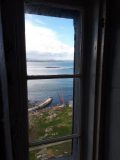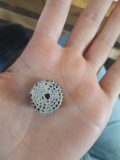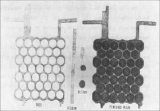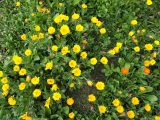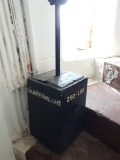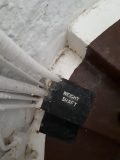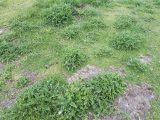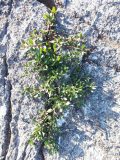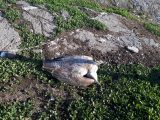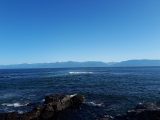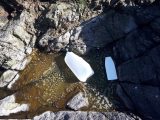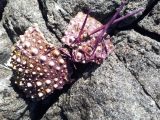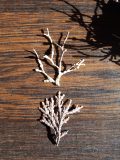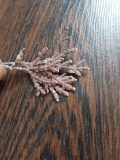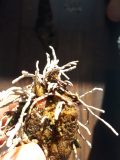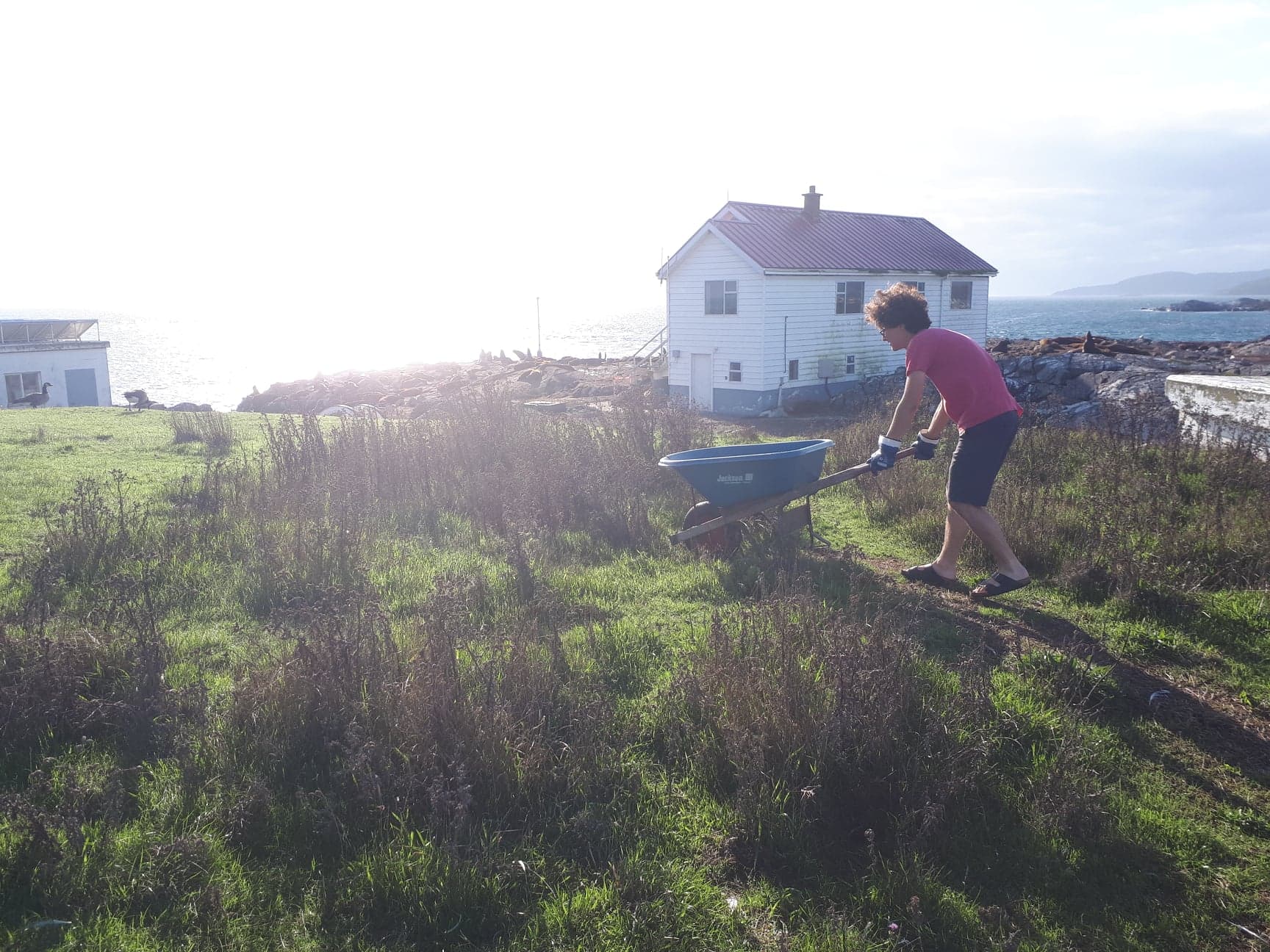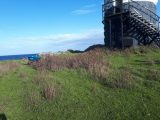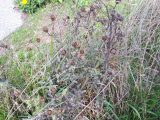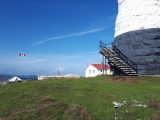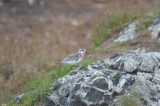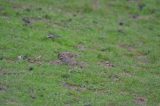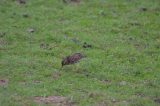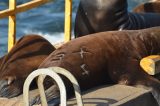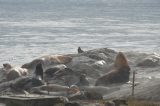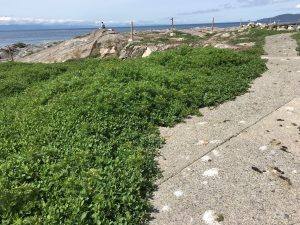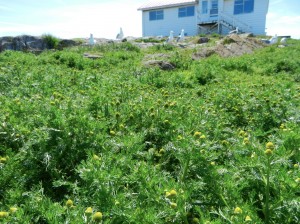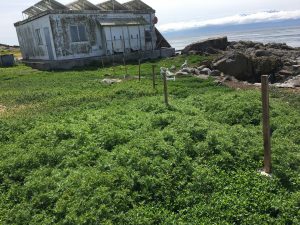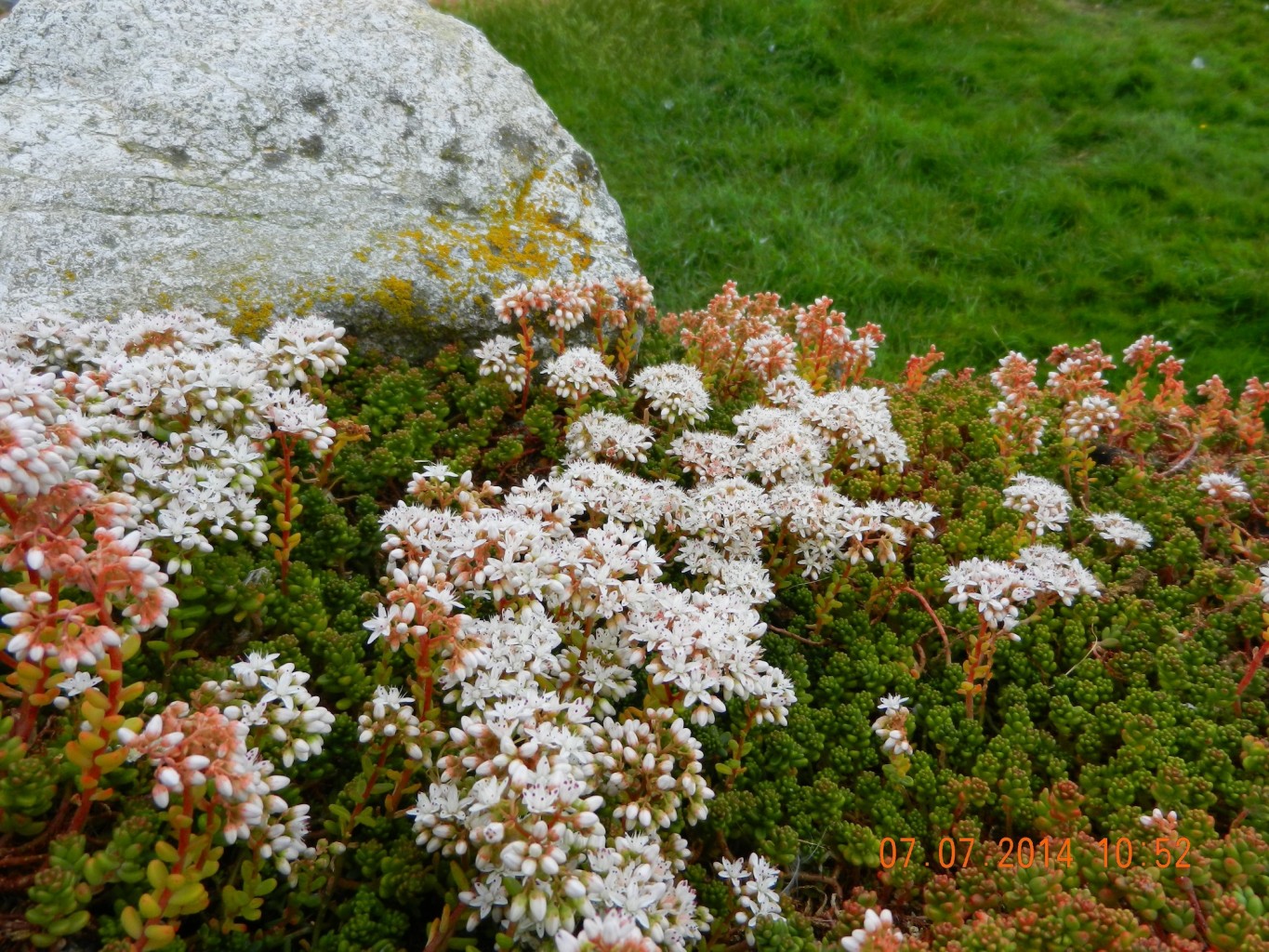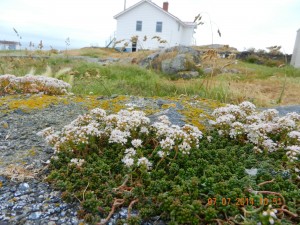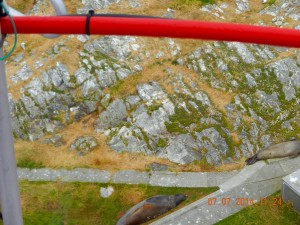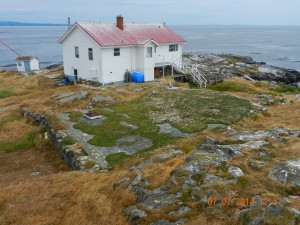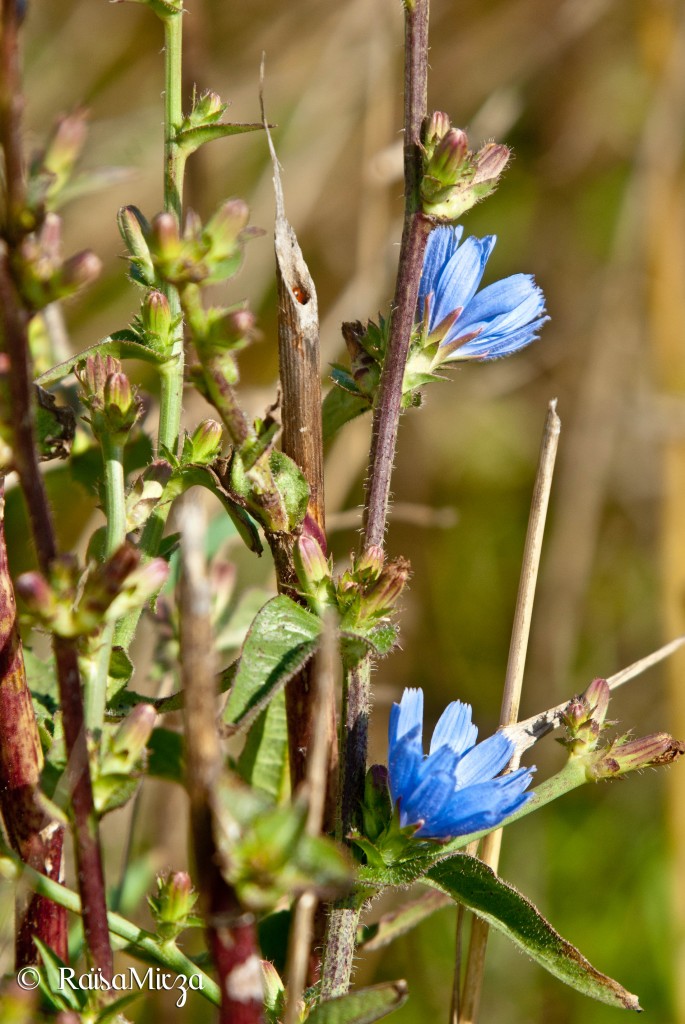The west wind blew 20 – 25 knots all day, bringing cloud, drizzle, rain and eventually, late afternoon, sunshine. The strong wind warning remains in effect and the barometer, which has been hovering above 1010 HPa., has started to drop very gradually. The forecast for tomorrow calls for a mix of sun and rain.
Identifiable, commercial tour boats in the Ecological Reserve were limited to five whale watching boats and one dive charter, today. Two Sea Doo- type vessels, came from the direction of Victoria, did a tour around Race Rocks, and headed back.
Luxuriant growth of Pineapple Weed, Matricaria sp. has filled in the highly disturbed areas where hundreds of sealions hauled out last fall and winter, compacting the soil and destroying all vegetation. Although considered a weed, the pineapple smell is nice and covers up the devastation left behind by the sealions.
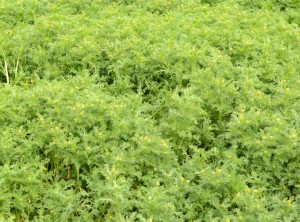
Another species left over from the old gardens here, is blooming right now and very beautiful. It looks like it might be in the iris family but it is not something I am familiar with. So if you are reading this and recognize the plant, please let me know what it is.
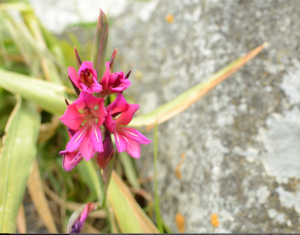
You are invited to name (identify) the mystery plant, which may be a heritage lighthouse plant.
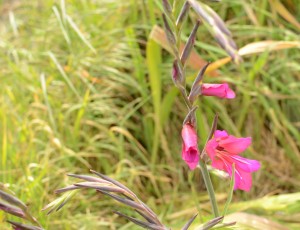
Mystery flower is Gladiolus imbricatus, originally from southeastern Europe/Turkey. It has been growing unattended for at least fifty years. Thanks to Garry Fletcher for the identification.
Floyd continues to visit Great Race. He spends extra time in the water, suspended and fairly weightless, understandably more comfortable, considering his great bulk.
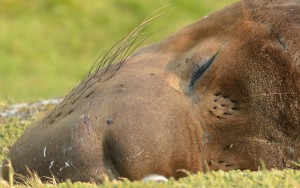
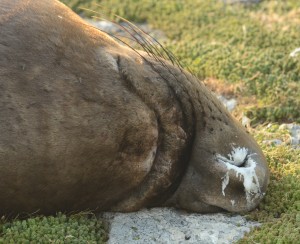
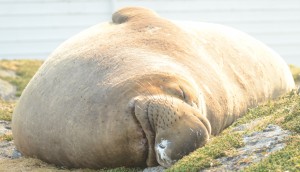
Floyd sleeping near the science house.
Eighteen elephant seals continue to haul out on Great Race and their moults are at different stages, depending on start time. The animals that arrived early appear to have completed their moult except for the regrowth of vibrissae. Animals that arrived recently, like Floyd and the female, 5086 are just starting the process.
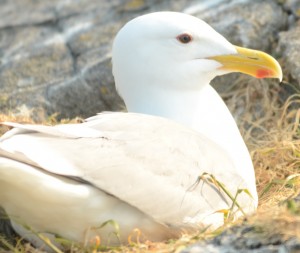
Glaucous-winged Gulls looking broody.
Some gulls are already looking broody and sitting like they are practicing for incubation. Mating pairs can be seen throughout the colony.
My family continues to visit. Chores and maintenance included a lot of regular tasks, some monthly jobs and a few extraordinary repairs. The fire-pump ran for several hours today adding to the seawater in the cistern.
